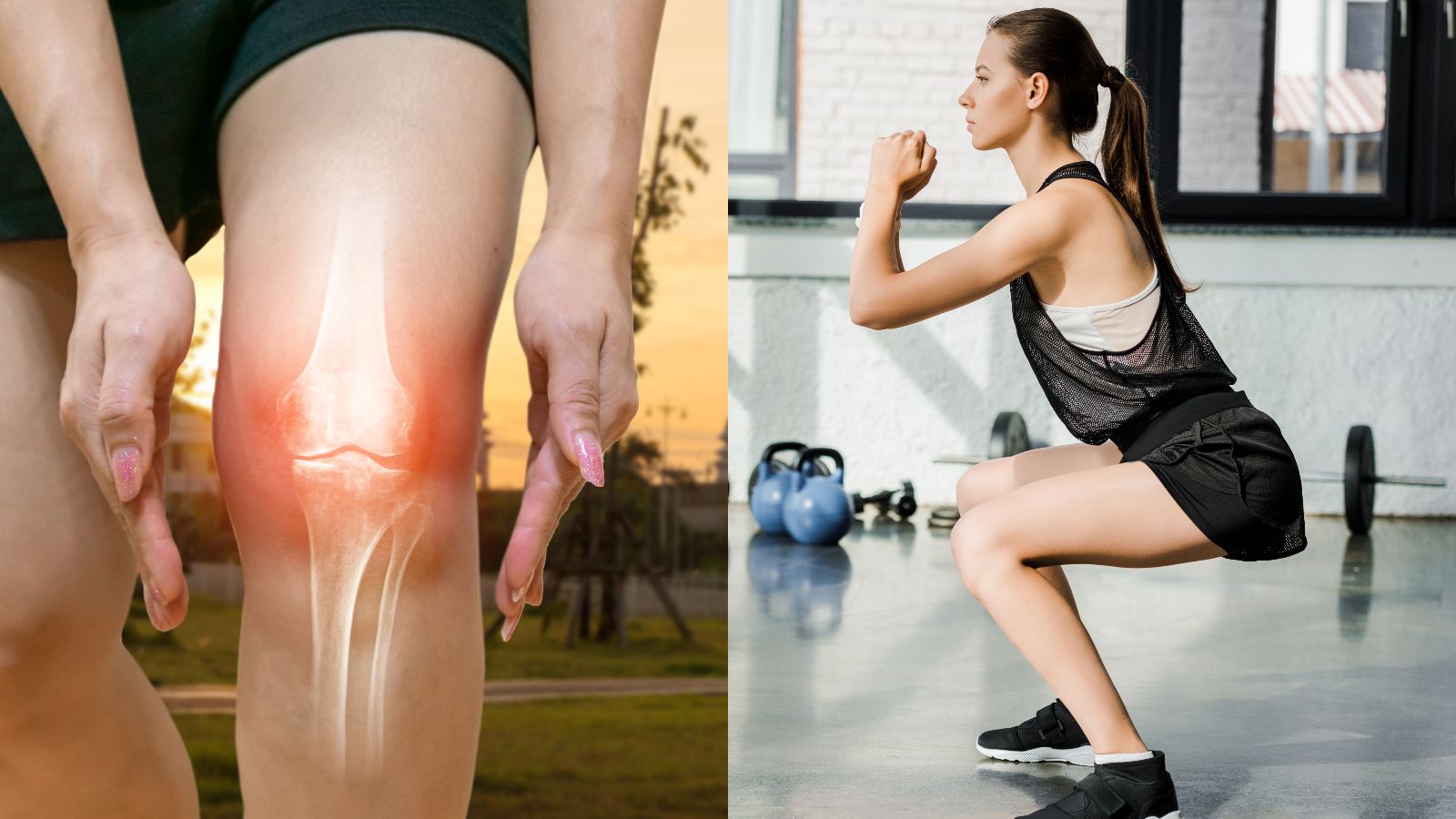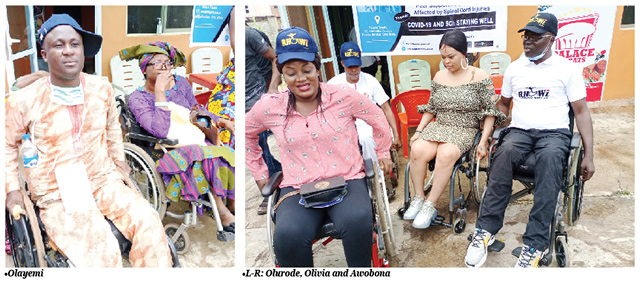Effective Exercises to Manage Osteoporosis and Strengthen Bones
Essential Exercises for Strengthening Bones and Managing Osteoporosis
Osteoporosis can feel like a daunting diagnosis; it’s like your bones have become the delicate china you’re terrified of breaking. But here’s the silver lining: incorporating effective exercise into your routine can bolster your bone strength and help manage osteoporosis. In this article, we’ll explore some easy-to-follow exercises that can make a real difference in your bone health, all while keeping it simple and fun. Ready to get moving?
Understanding Osteoporosis: What’s Happening Inside?
Before diving into exercises, let’s unpack what osteoporosis is. Essentially, it’s a condition where bones become weak and brittle due to the loss of tissue. This can happen because of a variety of factors, including hormonal changes, vitamin deficiencies, age, and lifestyle choices. When our bones are weaker, they’re more prone to fractures – think of them like a dry twig that snaps easily under pressure.
And while you might be tempted to mope around and avoid moving, that’s the last thing you should do! Movement is one of your best allies in this battle. But what kinds of movements should you pursue? Let’s break it down.
Bone-Friendly Exercises: The Power of Movement
1. Weight-Bearing Exercises
Weight-bearing exercises are crucial for bone health because they force your bones to bear weight, helping to stimulate bone formation. Think of it as sending a wake-up call to your bones to get stronger!
Examples include:
-
Walking: Not only is this one of the easiest forms of exercise, but it’s also incredibly effective. Aim for a brisk pace and enjoy the scenery!
-
Jogging: If you’re up for a challenge, light jogging can amp up the intensity and provide added benefits.
-
Dancing: Put on your favorite tunes and dance like nobody’s watching! It’s a great way to have fun while getting your body moving.
2. Resistance Training
Let’s talk about resistance training, or strength training if you prefer that term. Think of it as giving your bones a workout at the gym! When you lift weights or use resistance bands, you’re essentially telling your bones to step up their game.
How to get started:
- Start with lighter weights
- Focus on movements that target multiple muscle groups
- Consider working with a trainer if you’re new to this
3. Balance and Flexibility Exercises
Staying upright is pivotal; after all, nobody wants to take a tumble! Balance and flexibility exercises help prevent falls, which is especially important for those with osteoporosis. Think of it as safeguarding your castle.
Try these exercises:
-
Yoga: What’s better than zen and balance? Yoga can help enhance your stability and doesn’t have to be complicated either.
-
Tai Chi: Known as “meditation in motion,” Tai Chi improves balance and has a calming effect. You’ll be a graceful warrior in no time.
4. Core Strengthening Exercises
A strong core means better balance, posture, and stability – all essential for preventing falls. So why not give your midsection a bit of love?
Core workouts to consider:
- Planks
- Bridges
- Seated leg lifts
Designing Your Routine: Putting It All Together
Now that you’re equipped with various exercises, let’s design a bone-boosting routine:
Weekly Exercise Schedule
To make the most of your regimen, try this weekly schedule:
- Monday: 30-minute walk
- Tuesday: Resistance training (upper body)
- Wednesday: Yoga or tai chi
- Thursday: 30-minute brisk walk or jog
- Friday: Resistance training (lower body)
- Saturday: Balance exercises and stretching
- Sunday: Rest and recovery
Of course, adjust it to fit your lifestyle! The key is consistency; even moderate physical activity can lead to positive changes.
Tips for Success: Stay Motivated
Let’s face it: starting a new exercise routine can feel like trying to climb Everest. Here are some tips to keep you motivated and on track:
-
Set realistic goals: If you haven’t exercised in a while, start small. Perhaps a 10-minute walk is your first target. Celebrate those wins!
-
Find a buddy: Exercising with a friend or family member makes it much more enjoyable. Plus, you can cheer each other on!
-
Mix it up: Variety is the spice of life! Try new classes or activities to keep your routine exciting.
- Listen to your body: It’s normal to feel some soreness after exercise, but pain is a sign to slow down. Always prioritize your health and safety.
Conclusion: Empowering Your Bone Health
Managing osteoporosis doesn’t have to be a grim task. By incorporating these exercises into your life, you can strengthen your bones and boost your overall health. Remember to consult with a healthcare professional or a physical therapist before starting any new exercise program, especially if you have underlying health conditions. Embrace the power of movement and watch your strength soar!
FAQs
-
Can I do these exercises if I have been sedentary?
- Absolutely! Just start slow and gradually increase your activity level.
-
What if I feel pain while exercising?
- If you experience pain, stop the exercise and consult with a healthcare professional.
-
How often should I exercise for bone health?
- Aim for at least 150 minutes of moderate aerobic activity along with strength training twice a week.
-
Are there specific foods I should eat to support my bones?
- Yes! Foods rich in calcium and vitamin D, like leafy greens, dairy, and fatty fish, are excellent choices.
-
Is it safe to exercise alone?
- While it’s usually safe, especially for low-intensity exercises, consider having someone around if you’re trying new activities.
So, are you ready to get started? Lace up those sneakers and let’s make your bones stronger together!






